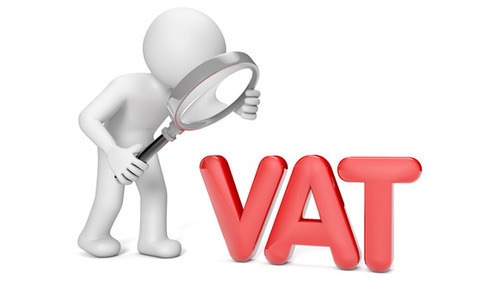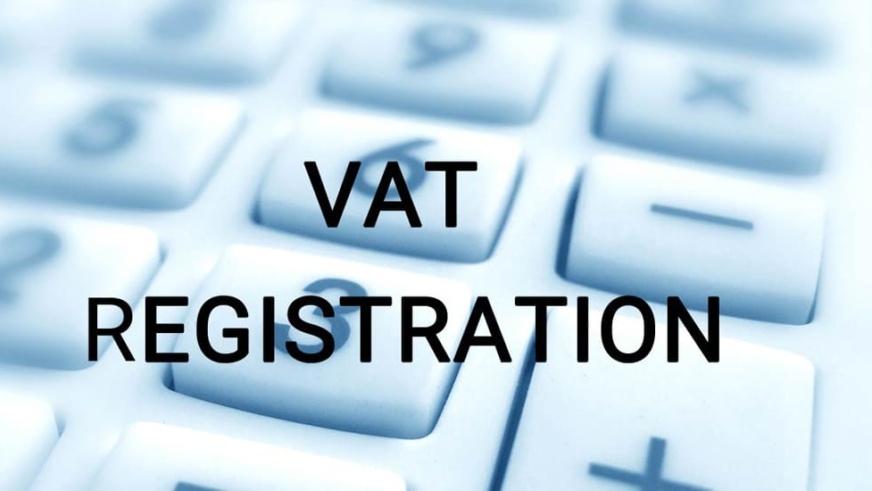With the unanimous approval and subsequent signing of the GCC United VAT Agreement by all member countries, the implementation of the Value Added Tax (VAT) system in GCC Member States is now on the horizon. This implementation is anticipated to be fully operational by 2018, with the pivotal immediate tasks including the formulation of VAT laws and regulations in each member country.
As these nations gear up for the impending VAT implementation, it’s crucial to explore its implications for businesses, particularly those unaccustomed to the realm of indirect taxation, despite its presence in specific business scenarios. There is no doubt that businesses will undergo significant changes. This is primarily because VAT, as an indirect transaction-based tax, necessitates meticulous recording of each transaction to ensure VAT compliance. To achieve this compliance, businesses must grasp the fundamental concepts of VAT and how the VAT system functions. Let’s delve into these concepts.
What is VAT?
Value Added Tax (VAT) is a tax levied at every stage of value addition throughout the product’s journey along the supply chain. It is imposed at every point of sale, starting from the manufacturer and continuing until the product reaches the end consumer. This is achieved by permitting the adjustment of tax paid on purchases, known as “Input Tax Credit” or “input VAT,” with the VAT collected on sales, referred to as “Output VAT.” Ultimately, the entire tax burden is borne by the consumer.
How does the VAT system work?
VAT is a consumption-based tax that allows for the utilization or set-off of Input Tax Credit (tax paid on purchases) against the VAT liability (tax collected on sales). If there is any remaining liability after this adjustment, it must be remitted to the government.
Let us understand with an example
Name | Type | Purchase | Sales | VAT | ||||||
Cost | VAT 10% | Total | Selling Price | VAT 10% | Total | Input VAT | Output VAT | VAT Payable | ||
Output VAT – Input VAT | ||||||||||
A-One Supplies | Raw Material Supplier | — | — | — | 1,000 | 100 | 1,100 | 100 | 100 | |
Best Bicycles Ltd | Manufacturer | 1,000 | 100 | 1,100 | 1500 | 150 | 1650 | 100 | 150 | 50 |
Top Distributor Ltd | Distributor | 1500 | 150 | 1,650 | 2200 | 220 | 2420 | 150 | 220 | 70 |
Favourite Bicycles Store | Retailer | 2200 | 220 | 2,420 | 2500 | 250 | 2750 | 220 | 250 | 30 |
Consider the following example:
– Best Bicycles Ltd, a bicycle manufacturer, incurs a VAT expense of 100 at a rate of 10% on the purchase of raw materials required for bicycle production. After manufacturing, the bicycles are sold to Top Distributors Ltd for 1,500 plus 150 in VAT. To determine the VAT payable to the government, Best Bicycles Ltd must offset the input tax of 100 against the output VAT of 150, resulting in a balance of 50 to be remitted.
– Top Distributor Ltd subsequently sells the bicycles for 2,200 plus 220 in VAT to Favourite Bicycles Store, a retailer. Having already paid 150 in VAT to Best Bicycles Ltd, Top Distributor Ltd can offset this with the output VAT of 220, leaving a balance of 70 to be paid to the government. Notably, this 70 in VAT represents precisely 10% of the value added by Top Distributor Ltd.
– Favourite Bicycles Store, as a retail establishment, sells the bicycle to Mr. Imran, an end consumer, for 2,500, including 250 in VAT. Similar to the previous steps, Favourite Bicycles Store adjusts the Input VAT of 220 against the output tax of 2500, leaving a balance of 30 to be remitted to the government.
Upon closer examination, the total tax paid by all parties (A-One Supplies 100 + Best Bicycles Ltd 50 + Top Distributor Ltd 70 + Favourite Bicycles Store 30) amounts to 250, which corresponds precisely to the VAT paid by Mr. Imran upon purchasing the bicycle. Consequently, businesses involved in the supply chain progressively transfer the tax burden to the next stage, ultimately resulting in the end consumer bearing the VAT cost.
You can also register VAT Registration in our website:
Home




